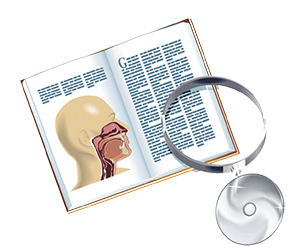Conventional splints have been linked to increased postoperative pain; thinner splints may result in improved mucosal status, less postsurgical discomfort


Conventional splints have been linked to increased postoperative pain; thinner splints may result in improved mucosal status, less postsurgical discomfort

The optimal treatment involves complete surgical resection, with endoscopic techniques used most often for lower-stage tumors and open techniques in advanced cases

PDT appears to be a safe alternative to open surgical tracheotomy, although it may increase risk of asymptomatic tracheal stenosis

Atresiaplasty offers best opportunity for hearing improvement in patients with a Jahrsdoerfer score of grade 6 or higher

Evidence and policy statements favor using a myringotomy tube in acute otitis-prone children undergoing cochlear implant

Snoring without OSA may contribute independently to cardiovascular disease and mortality

Autologous fat injections, and injectible fillers such as collagen and poly-L-lactic acid, can yield long-term results, but no definitive recommendation can be made

Most studies point toward hemithyroidectomy as adequate treatment for PTMC without sacrificing locoregional control

Balloon catheter sinuplasty appears safe for use among pediatric patients with chronic recurrent sinusitis

Reserve follow-up monitoring by imaging for patients whose cholesteatoma has likely been completely eradicated